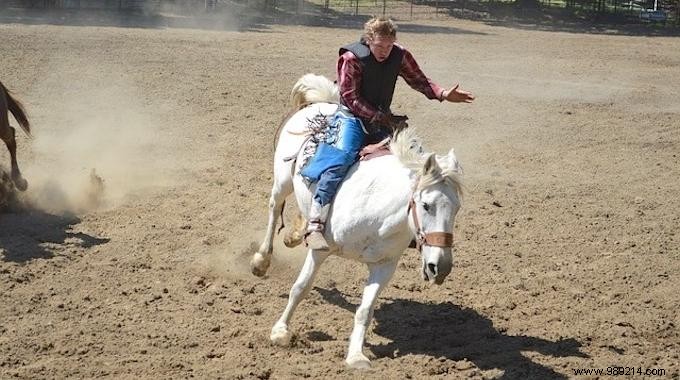
On vacation, we often want to go for a ride on horseback.
But riding an animal that sometimes reacts uncontrollably can be dangerous...
...especially if your mount is racing!
You know, when he starts galloping like crazy without stopping. So, what if your horse runs wild?
Fortunately, there are simple and effective tips to avoid accidents and control your horse even at a gallop.

My dad, who has been riding horses since he was little, gave me 8 tips that I'm sharing with you today.
I can tell you that it saved me from falling more than once. Watch:
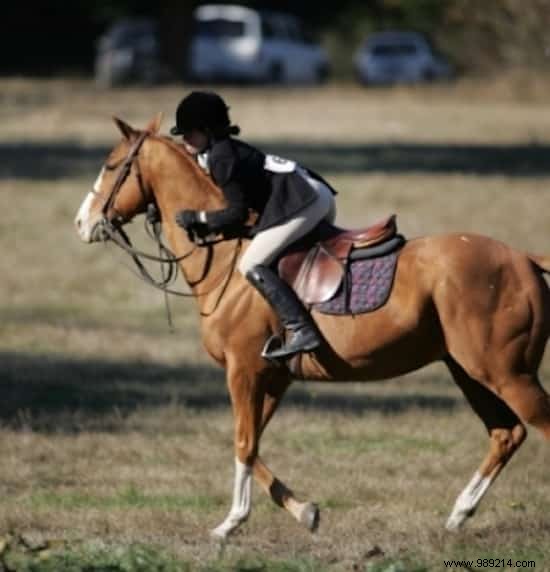
Despite the frightening side of this situation, it is absolutely necessary to remain in the saddle to avoid falling on the ground. To do this, use your hands and thighs to hold onto the animal. Be aware that most serious accidents occur when the rider is ejected or attempts to jump en route. To reassure you, I can tell you that with the speed, there is little chance that you will fall if you hold on well to the saddle.
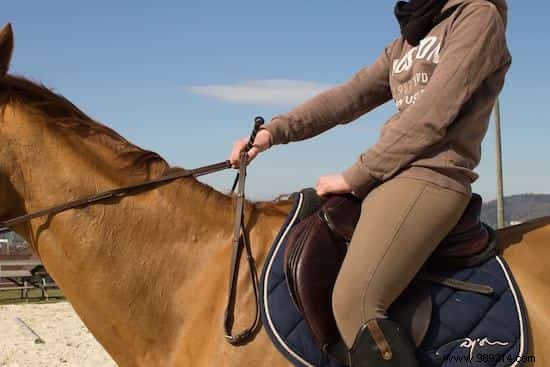
Grasp the front of the saddle with one of your hands, and always keep the reins in the other. If you let go of the reins, grab the mane and wait for the animal to slow down. Try never to let go of your reins as they are the equivalent of your steering wheel in a car.
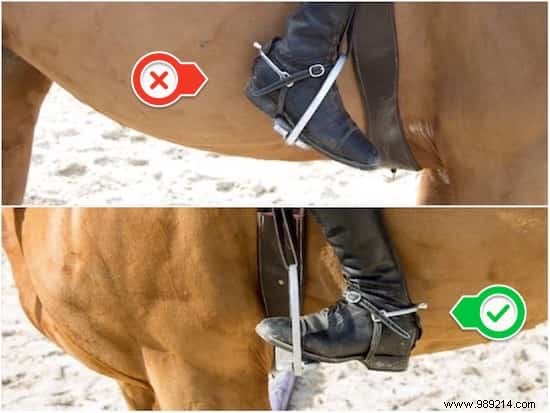
Squeeze your thighs together and keep your feet in the stirrups. This is the best way to keep balance. Try to control the movement of your legs because a heel strike means "walk" for the horse. You shouldn't make him want to go even faster!
Never push your feet into the stirrups up to the ankle, you could get stuck if you fall... The best thing is to keep your feet halfway down. If you lose your stirrups, that's okay. Keep your legs in the same position, thighs together and tiptoes up. Do not try to put them back by leaning to the side, you risk falling.
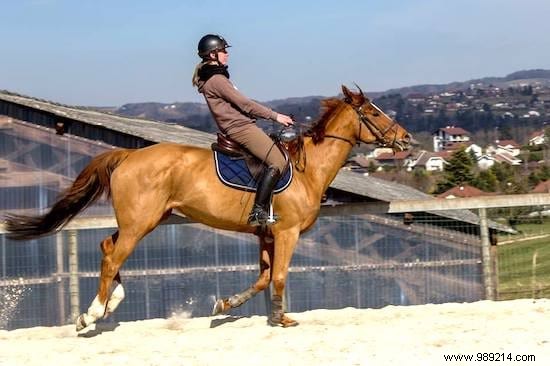
When the horse is galloping, try to straighten up as much as possible by putting your shoulders back. For this, you can lean on the pommel with one of your hands. This slightly backward position tells the horse to slow down or stop. Conversely, try not to lean forward like a race jockey. It is a dangerous position because your center of gravity is no longer in the right place and the fall is faster.

Yes, I know, when you're on a horse going 50 km/h, it's very difficult to keep calm! But try to breathe all the same and if possible slowly. Do not hesitate to force yourself to blow hard, emptying all the air from your lungs. Your mount is a sensitive animal. If it senses that you are slacking off, it will listen to you again and decrease its speed. On the contrary, if you reinforce his stress, the situation may well last longer.
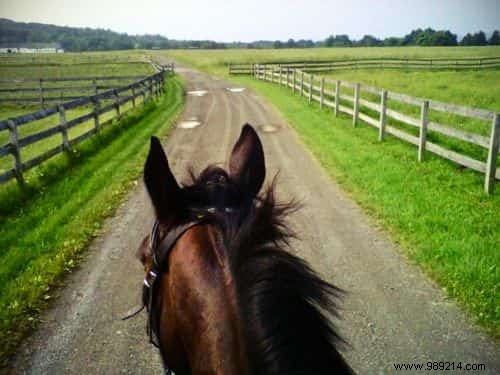
Speak to him in a soft, reassuring voice. Tell him "hooooo!" in a soothing voice. Try not to shout as this may further upset or frighten her. Tell him anything, but in a soft voice that calms him down. Also remember to look ahead to see if there are any dangers. A branch, another horse, a road... Depending on what you see, you may need to react, so be ready.
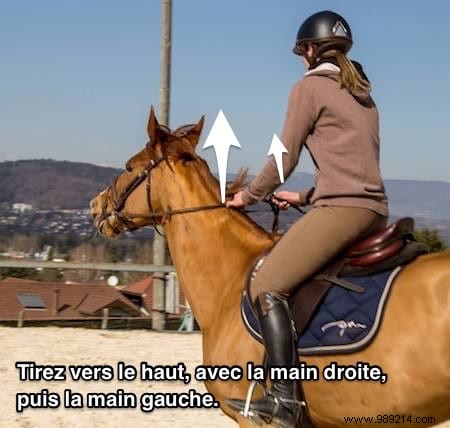
There is no point in pulling hard on the reins to stop a galloping horse. The more you pull on the reins, the more the horse is likely to have dangerous reactions. Instead, alternately pull one rein after another, always upwards, not toward your belly. With a moderate force at first, then, if there is no reaction, with small sharp blows. Do not pull on a single rein violently to try to turn his head. The horse could lose its balance and fall.

When the horse slows down, straighten up more with the shoulders back and pull a rein slightly to one side so that its head turns. The goal is to spin the horse in circles. As the horse is no longer in a straight line, it can no longer pick up speed and it will feel that you are in control of the situation again. During the transition from canter to trot, keep squeezing your thighs together so you don't get off balance. Once at a walk, slowly pull the 2 reins until the horse stops. Now all you have to do is descend, keeping the reins in your hand to prevent him from moving or running away.
It is important to understand why a horse is racing. A horse is a naturally fearful animal. A noise, something that pops up or a car can quickly scare him.
The second reason may be nervousness. With excessive heat or cold, insects biting him, other horses around him fidgeting, he can have a mood swing that makes him get carried away.
In both cases, his survival instinct is to flee at a triple gallop straight ahead. Be that as it may, know that this is surely not a violent reaction against you.
- Try not to let go of your reins. If you lost them, try to catch them as quickly as possible. The horse shouldn't trip over it.
- If your horse kicks, stand well back holding your saddle with one hand (you know like in rodeos). And lift his head up with the reins in the other hand. A horse with its head held high cannot kick with force, it's physiological.
- If you need to make an emergency descent because your horse rears up, remove your feet from the stirrups. Then wrap your arms around the horse's neck. Hold the fort and slide sideways. Put your feet on the ground, and step back immediately so as not to be injured by a kick.
- Avoid wearing sneakers for riding or shoes with low laces. Bumps from the laces can lock your foot in the stirrup. Also avoid riding with bare legs, the rubbing on the saddle will leave you with fond memories for the end of the holidays!